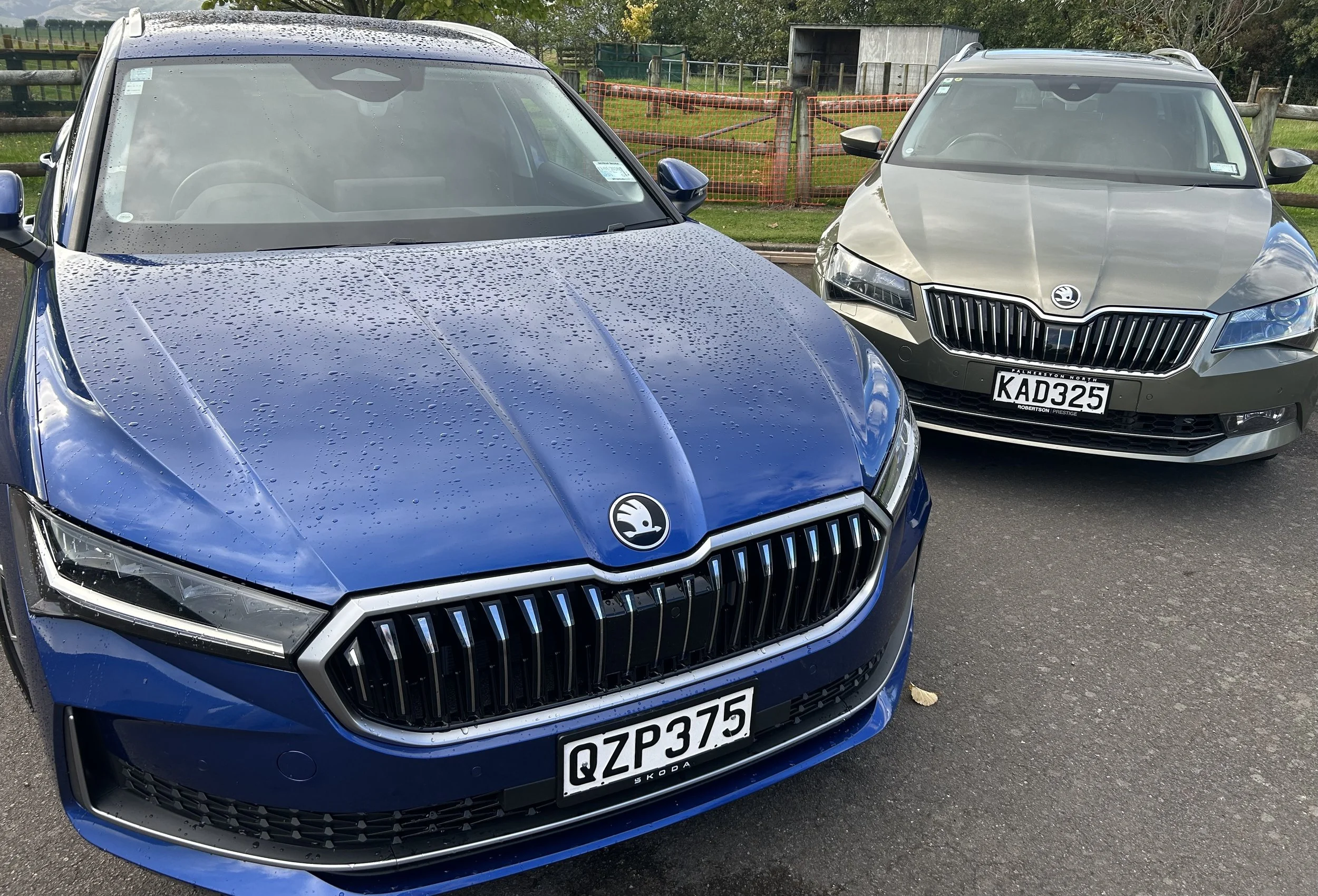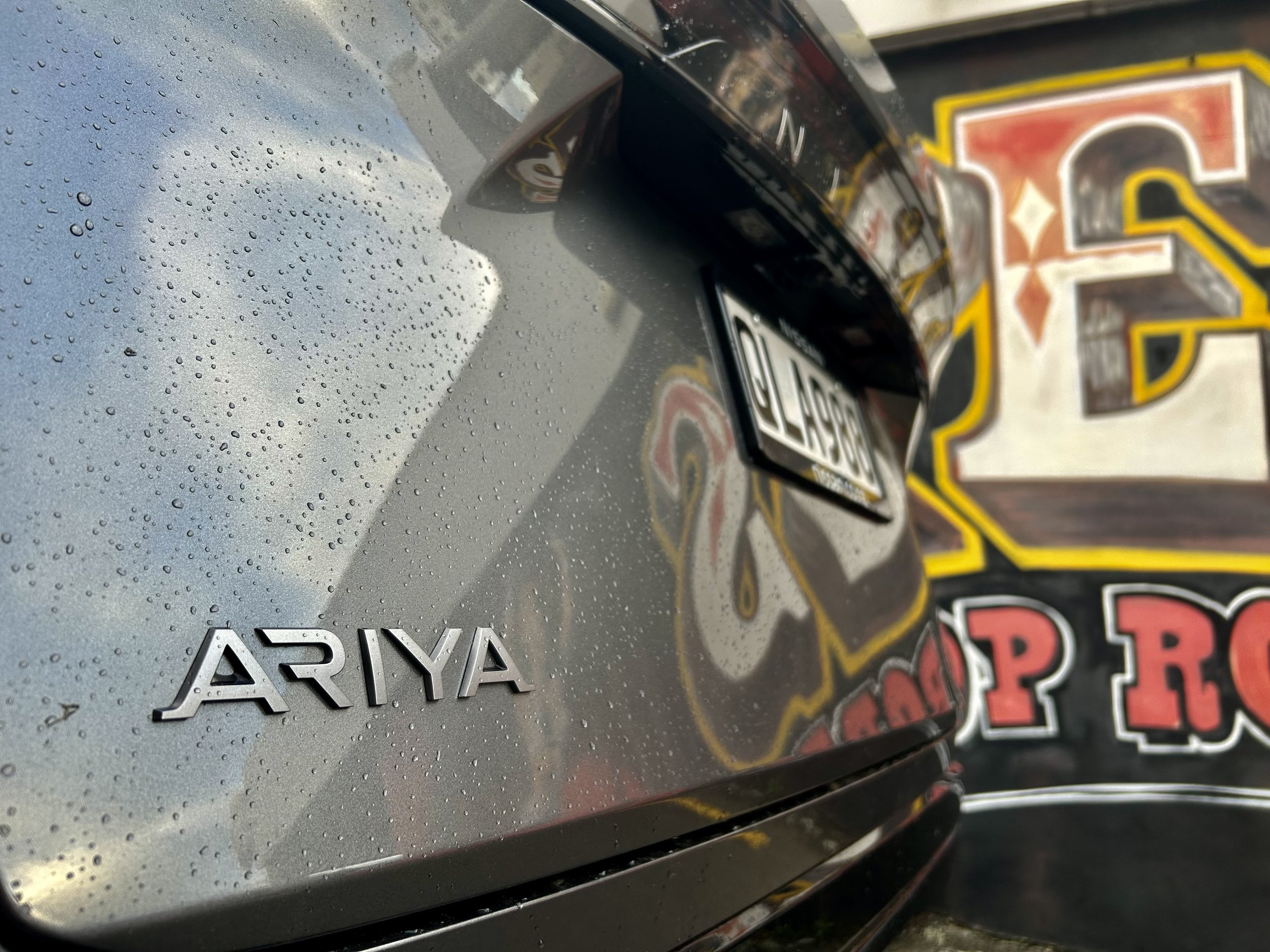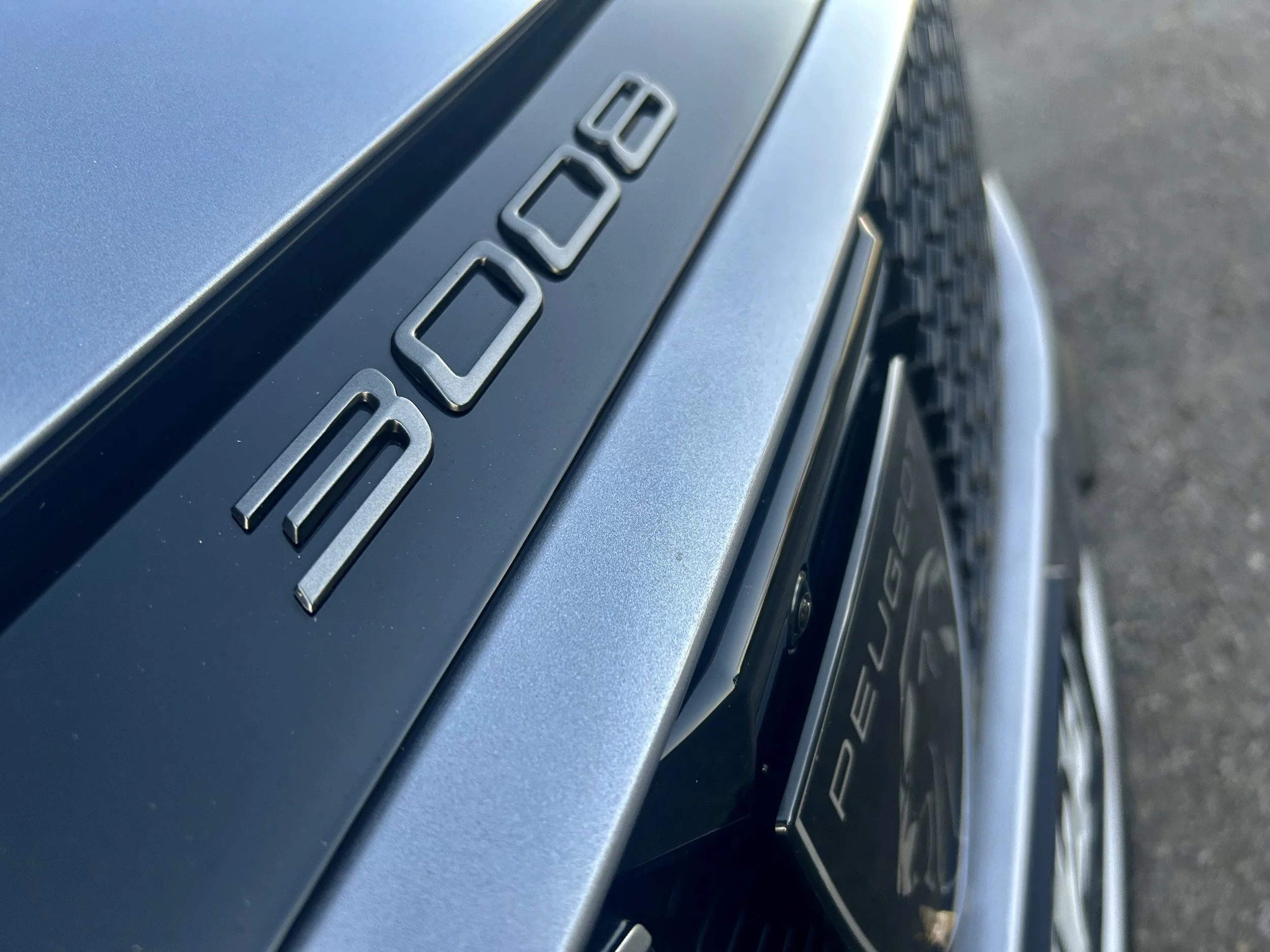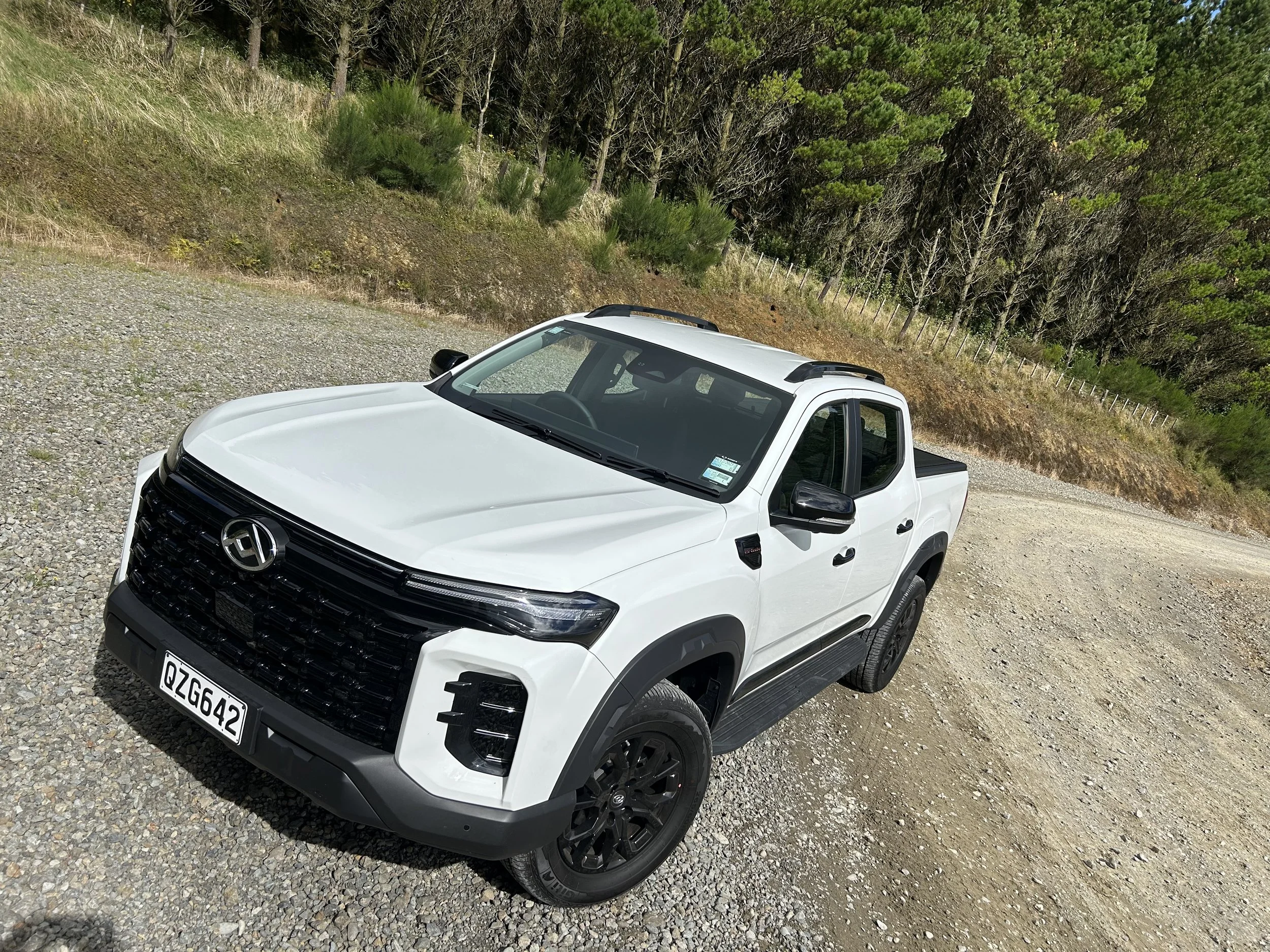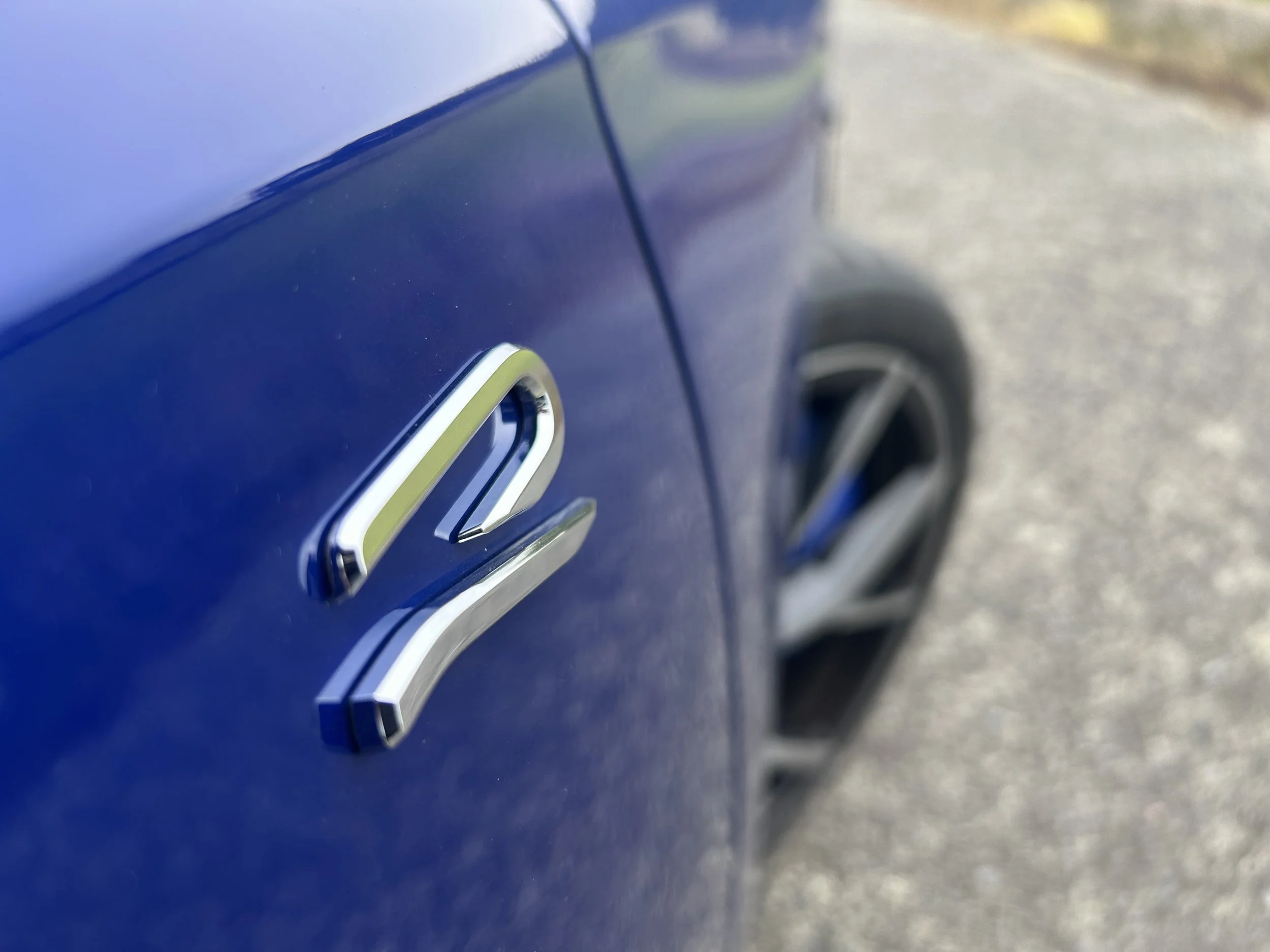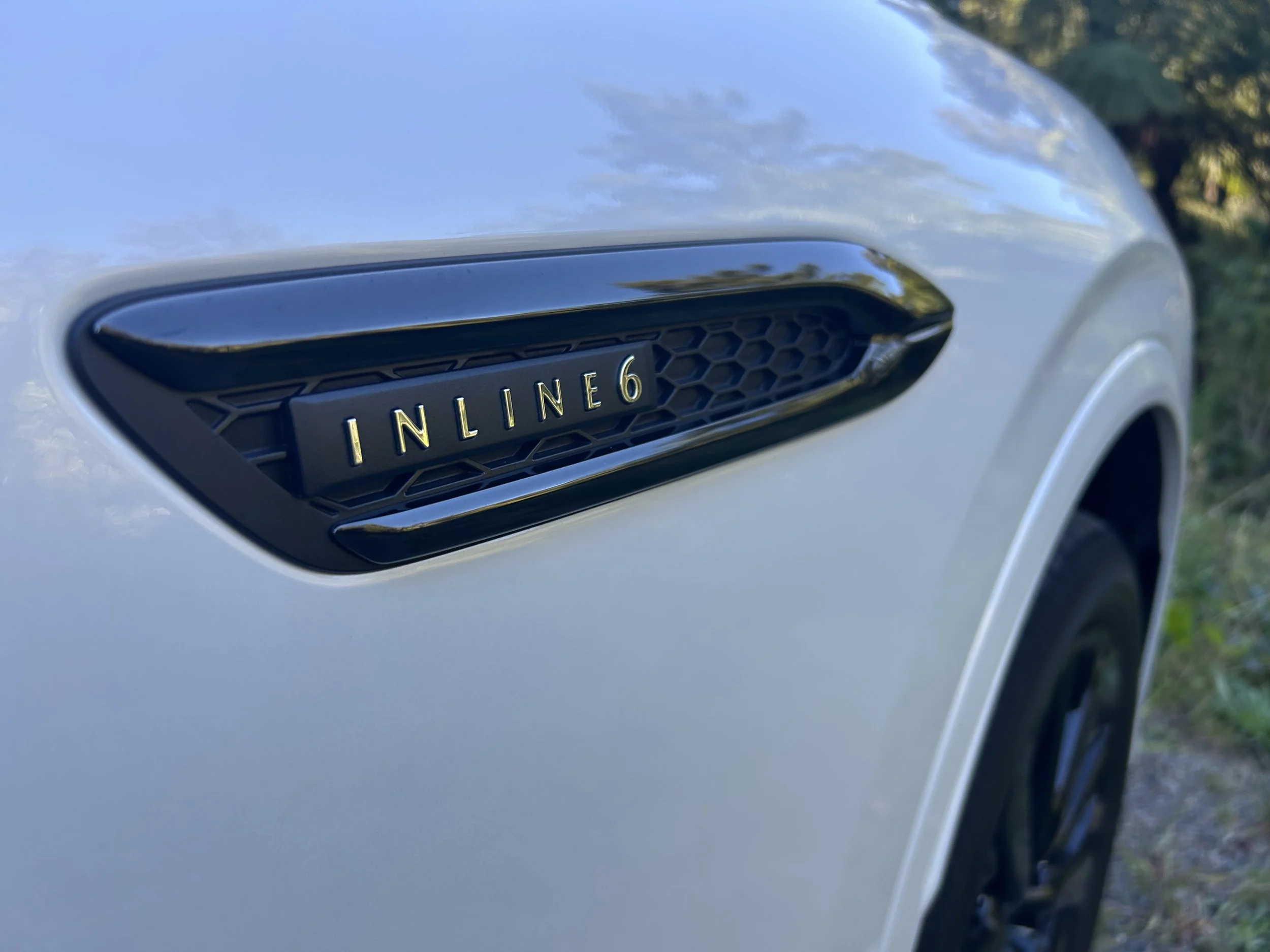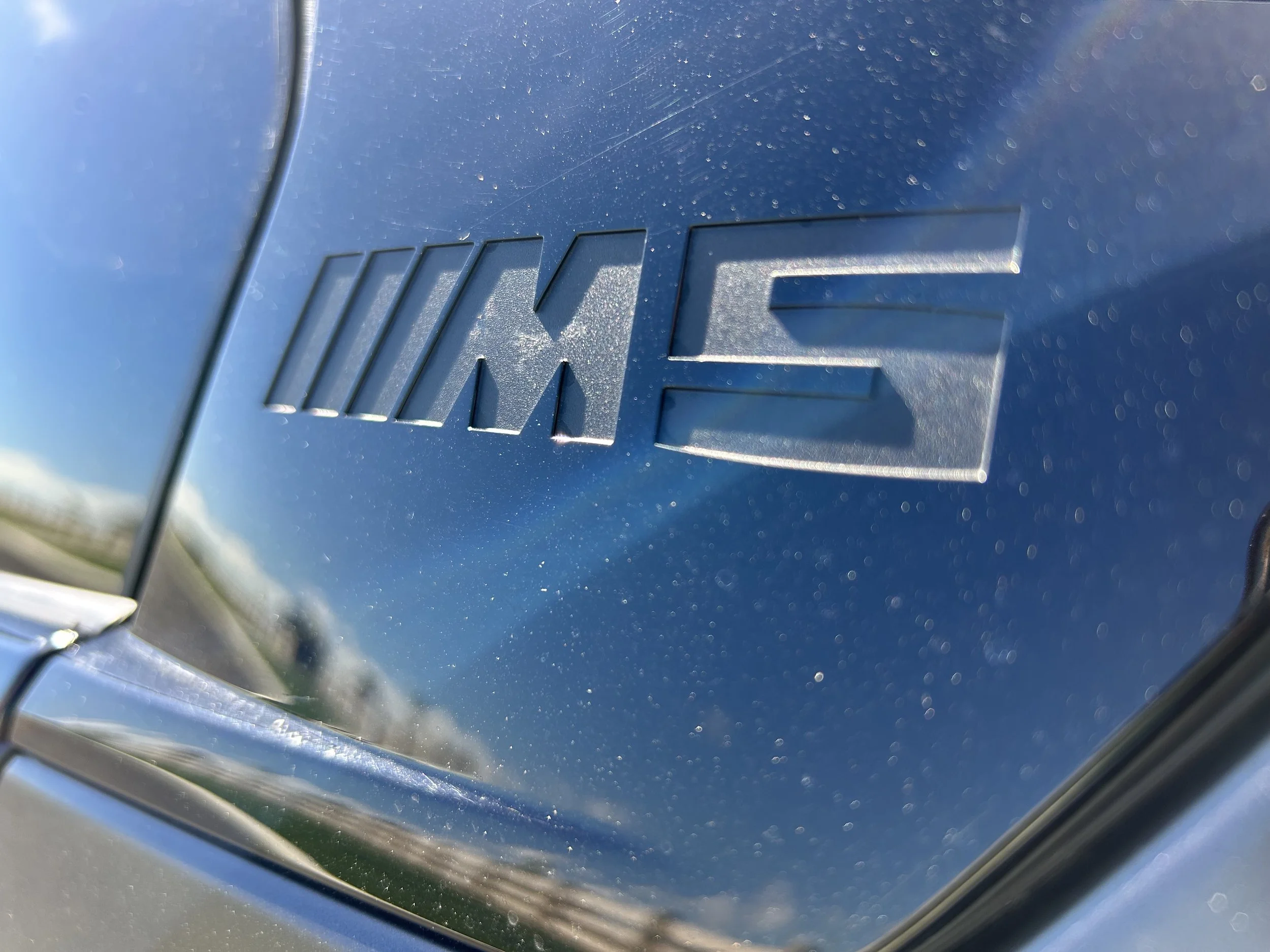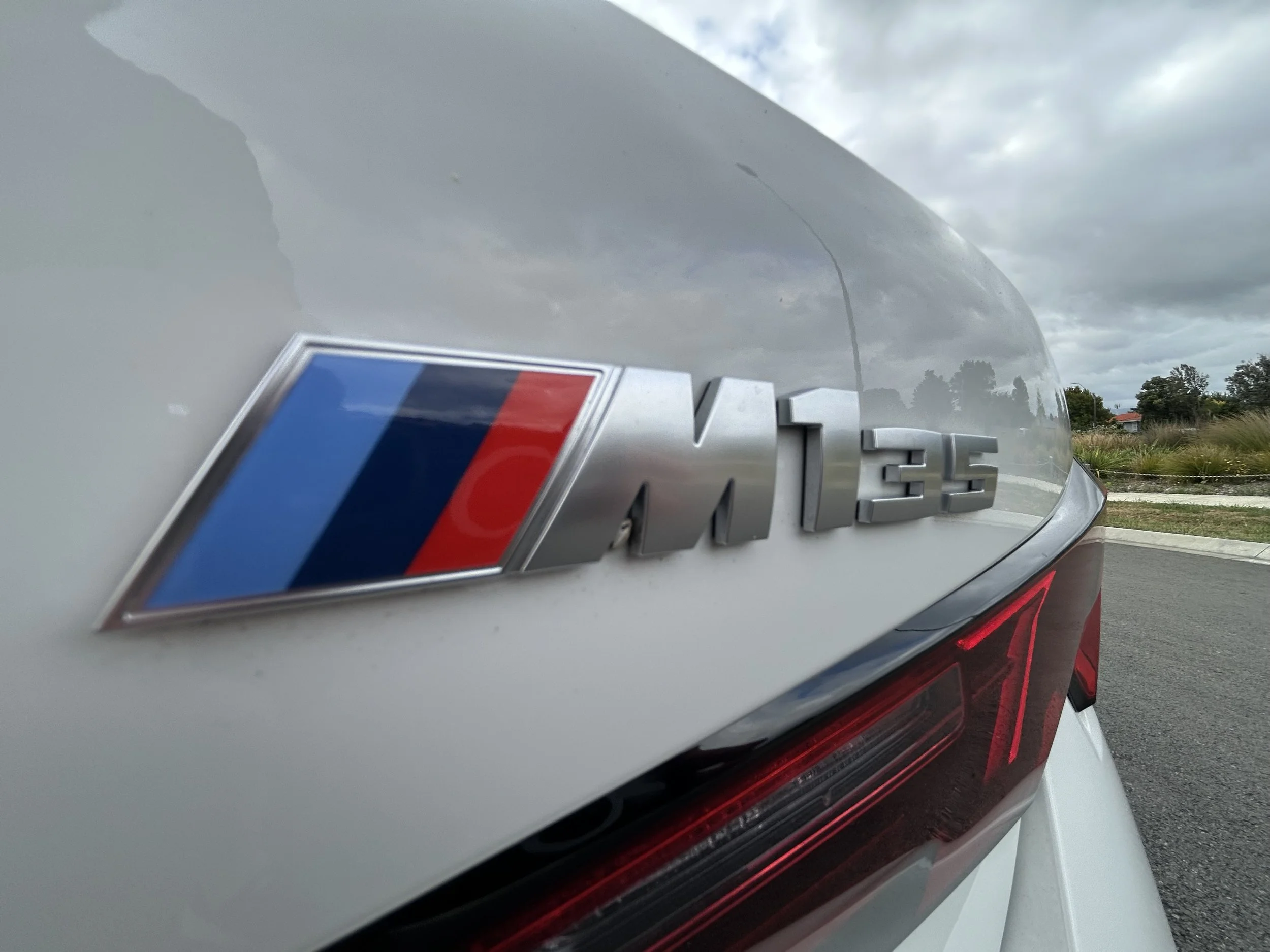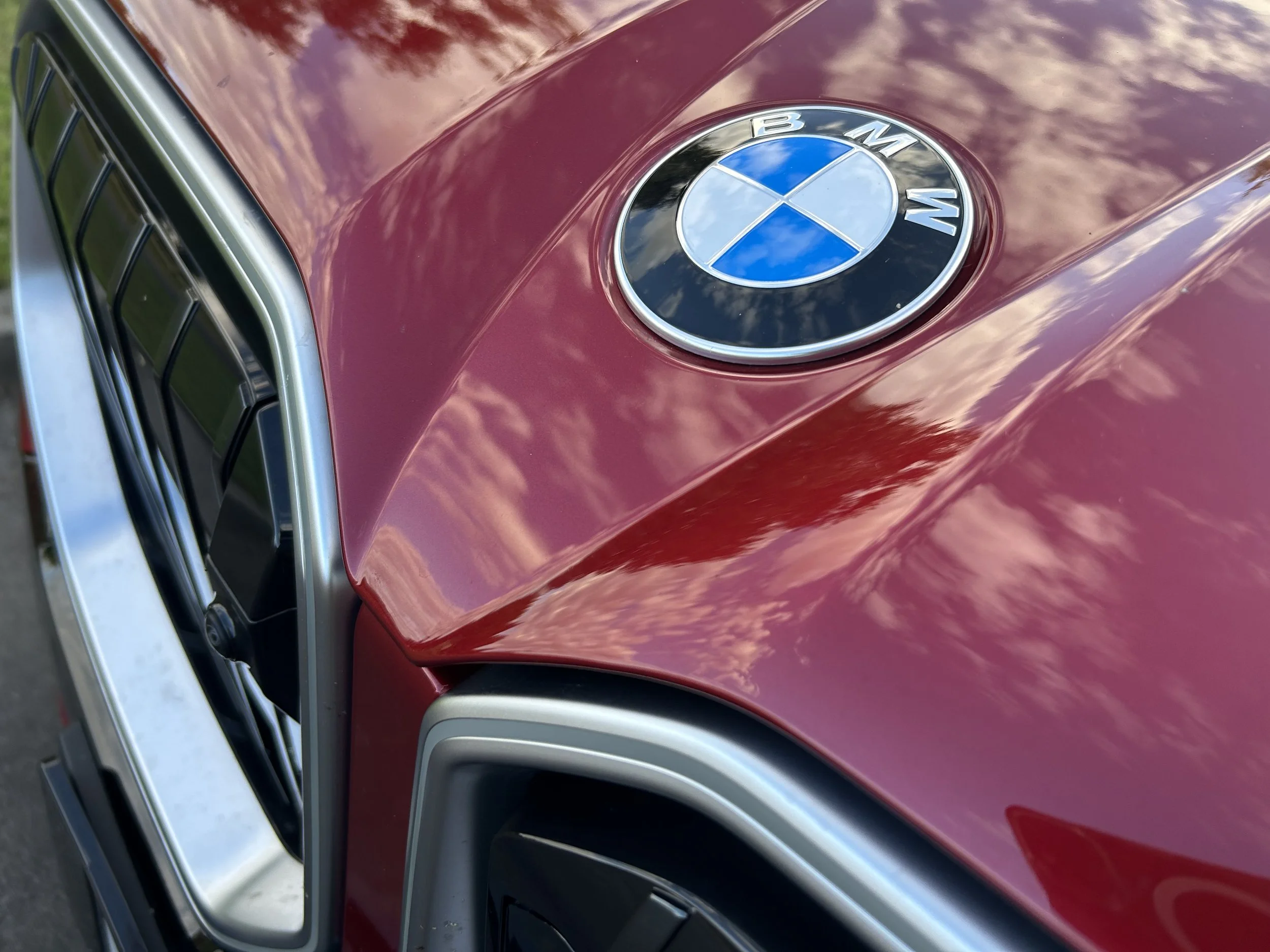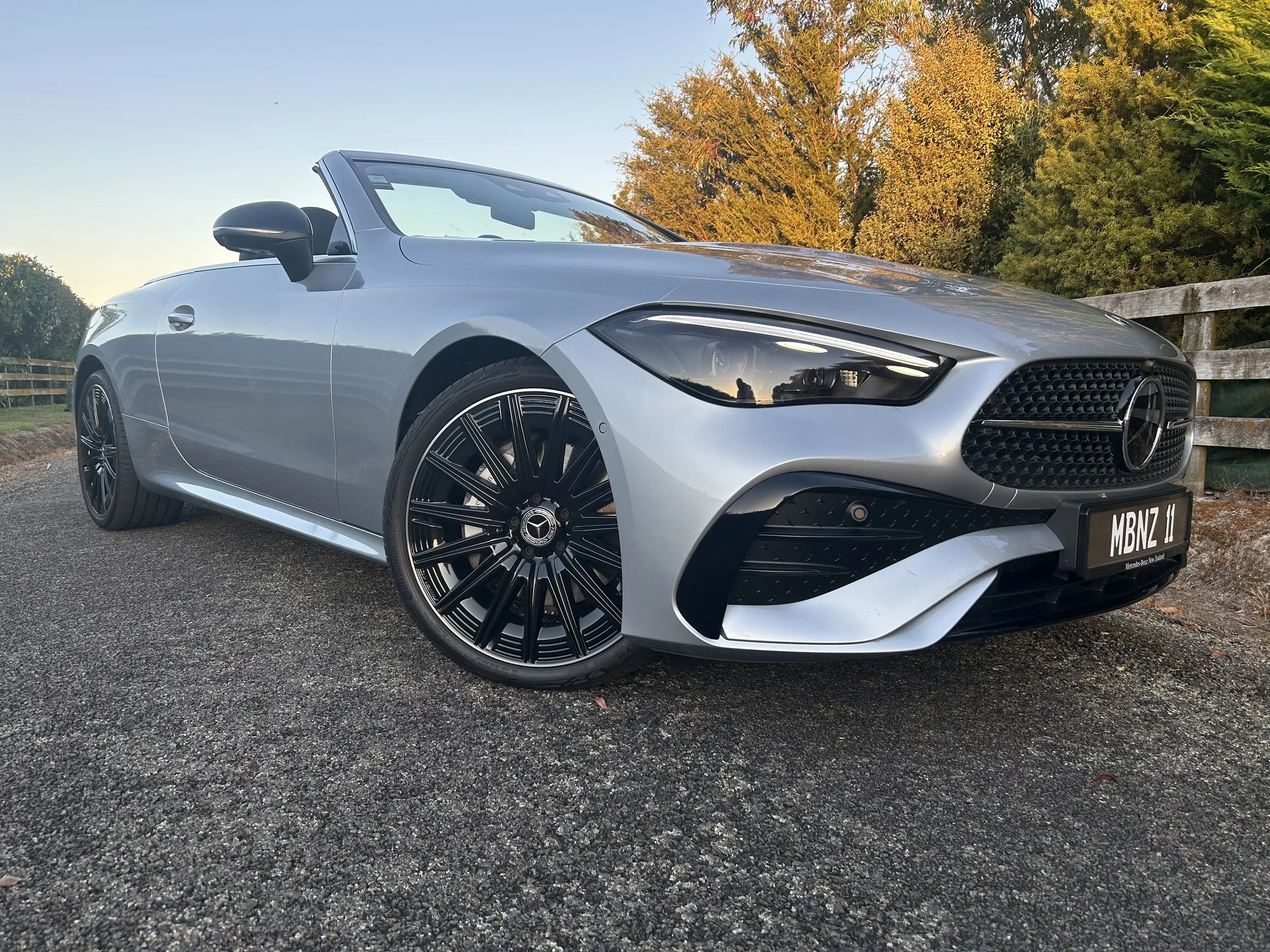Slight lift in new vehicle registrations heartens industry
/Some key sector performances still desultory, Motor Industry Association notes.
REGISTRATIONS data from March suggests the new car market is showing signs of stabilisation, but it’s still nowhere near the healthy state enjoyed 24 months ago.
Last month’s registrations count being 2.6 percent stronger than for the same period of 2024, a period the market was falling in a slump that worsened as last year progressed, has heartened the Motor Industry Association, which represents almost all new vehicle distributors (save Tesla).
Yet it also acknowledges the latest accrual is 25.5 percent lower than the count for March 2023, when 4077 more vehicles were registered.
Data for last month shows 8430 passenger models were registered and a further 3080 light commercials, that later sector mainly comprising one tonne utilities and vans.
The best selling model for the month was the Ford Ranger utility (above) - the highest-selling new vehicle last year - with 709 units. That put it just four units ahead of the second-placed Toyota RAV4. Ranger’s Toyota rival in the one-tonne ute sector, Hilux, held third on 669 units.
Within the passenger sector, cars with full electric drive continued to show only modest penetration, with 639 registrations amounting to a 5.4 percent share, less than half the performance when the sector was rosy.
Electrics and plug-in hybrids have lost considerable favour since January of last year, when rebates ended. In April they became subject to Road User Charges.
PHEV registrations last month came to 467 cars, a 3.9 percent share and, again, well down on performances prior to the legislative changes.
The strongest selling full electric was the Tesla Model 3 sedan, with just 79 plated, and the best performing PHEV was the MG HS, on 42.
Preference for hybrids - that is, petrol-electric vehicles without ability for external replenishment - showed again last month, with 3408 registrations, a 28.6 percent penetration. They now account for one in three new car choices.
The best selling hybrid was the RAV4, which now only avails with petrol-electric.
“Hybrid vehicles remain the strongest performers … the uptake of fully electric vehicles is progressing at a more subdued pace” noted MIA chief executive Aimee Wiley.
While EVs are more vital to expected aim of the national CO2 output decreasing, the MIA says it is a positive that customers for light commercials are also looking toward more new, lower-emission offerings.
Hybrid, PHEV and EV cumulatively accounted for 19.6 percent of registrations in March and 23% year-to-date.
Aimee says this signals a growing intention among businesses to diversify their fleets and explore practical alternatives that align with their emissions reduction goals and day-to-day operational needs.
The MIA says that while headline volumes remained steady, underlying trends point to a market in transition, with clear shifts emerging between vehicle segments.
It said light passenger vehicles now account for the majority of registrations, supported by somewhat resilient consumer demand.
“In contrast, the commercial sector remains under pressure. Light commercial registrations decreased by 8.7 percent compared to March 2024, while heavy commercial
volumes declined sharply, down 39 percent from March 2024.”
The first quarter reinforces this trend, the MIA says, with year-to-date heavy commercial registrations sitting at a similar level, 38.4 percent below the same period last year.
“This is a clear signal of shifting dynamics within the commercial sector,” said Wiley.
“Rather than expanding fleets, operators appear to be focusing on utilisation and efficiency, managing through a period of softer demand. Heavy vehicle registrations were likely supported by earlier forward orders, but the steep year-to-date decline suggests that underlying demand is now being tested as economic headwinds weigh more heavily on investment decisions.”
Alongside these volume trends, the vehicle fleet continues to evolve in terms of powertrain preferences, she says.







